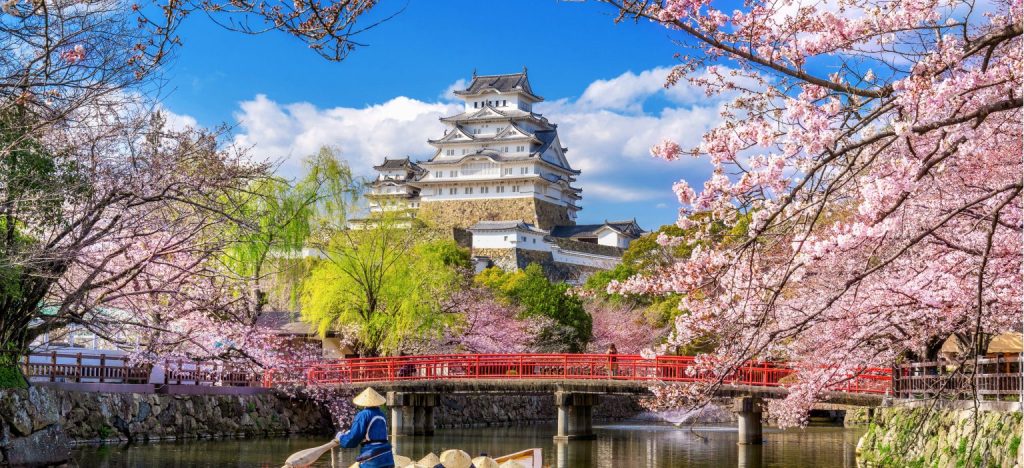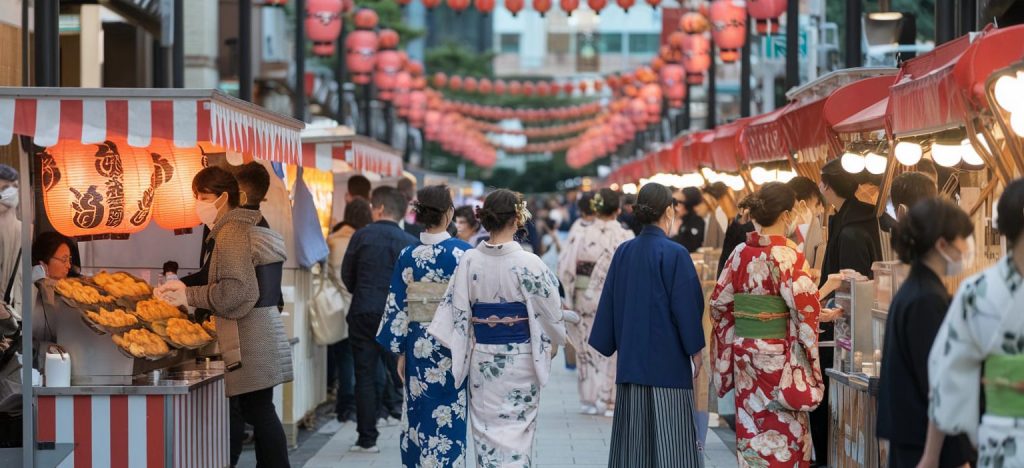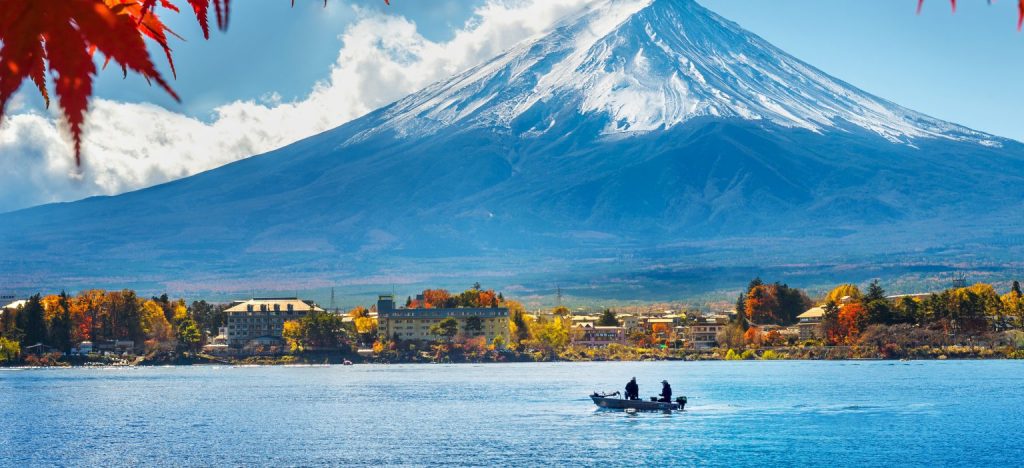
Japan- the Land of the Rising Sun- is full of endless magic, no matter when you visit! What could be better than experiencing cherry blossoms painting cities pink in spring, festivals lighting summer nights, and snowy landscapes turning the north into a winter wonderland? While Japan shines year-round, every season offers something special. Let's unpack the best time to visit in Japan, weather patterns, crowd levels, and seasonal highlights so you can plan the perfect trip.
What's the Best Time to Visit Japan?

But Japan's charm never fades. Winter offers cosy escapes and snowy adventures if you're on a budget. On the other hand, summer thrills with fireworks and beach vibes, though humidity can be intense. But most importantly, your ideal time depends on what you love most: chasing blooms, enjoying Japan festivals, avoiding crowds, or snagging deals. Let's break down the best time to visit in Japan season by season.
Season-by-Season in Japan
Spring (March to May)

The star of the show? Cherry blossoms (sakura). From late March to early April, parks in Tokyo, Kyoto, and Hiroshima burst into pink clouds, and locals celebrate with Hanami picnics under the blooms. But be ready for crowds as this is Japan's busiest season.
Late April brings Golden Week, a cluster of national holidays where trains and hotels book up fast.
Summer (June to August)

Cities like Tokyo and Osaka host Hanabi shows, where thousands of fireworks explode over rivers and parks. Obon marks a spiritual festival in mid-August, during which families honour ancestors with lantern floats and traditional dances. Crowds surge during Obon, but summer is prime time for hiking in the Japanese Alps or lounging on Okinawa's beaches.
Autumn (September to November)

For food lovers, autumn brings harvest festivals celebrating mushrooms, chestnuts, and sake. Crowds are thinner than in spring, though popular leaf-viewing spots get busy in November.
Winter (December to February)

Cities like Sapporo host Snow Festivals in February, which feature towering ice sculptures and light displays. Down south, Kyoto and Tokyo stay chilly but dry, with fewer tourists and serene temple visits. Soaking in an onsen (hot spring) surrounded by snow is a bucket-list experience. As the locals travel home, crowds are low except around New Year.
Special Events & Festivals in Japan

- The Cherry Blossom Season (late March-early April) creates dreamy city landscapes.
- Golden Week Japan (late April-early May) fills the country with travellers and offers parades and cultural events.
- Kyoto's Gion Matsuri in July dazzles with massive floats and street parties.
- Obon (mid-August) blends traditions with lively dances. And Sapporo's Snow Festival (February) turns the city into an icy art gallery.
Travel Tips Based on the Japan Season

Booking early is important for the cherry blossom season and festivals like Golden Week. To dodge crowds, skip Tokyo's Ueno Park for lesser-known spots like Hirosaki Castle in Aomori or the Kawazu cherry blossoms in Shizuoka. Rural gems like Takayama or the Izu Peninsula give the same amazing vibes without the tourist rush.
Japan doesn't have a "bad" season. It has just different shades of amazing! Whether sipping matcha under cherry blossoms, dancing at a summer festival, hiking through autumn leaves, or soaking in a snowy onsen, every moment here is special. So, ask yourself: What memories do you want to make? Pick your season, pack your bags, and let Japan sweep you off your feet.











